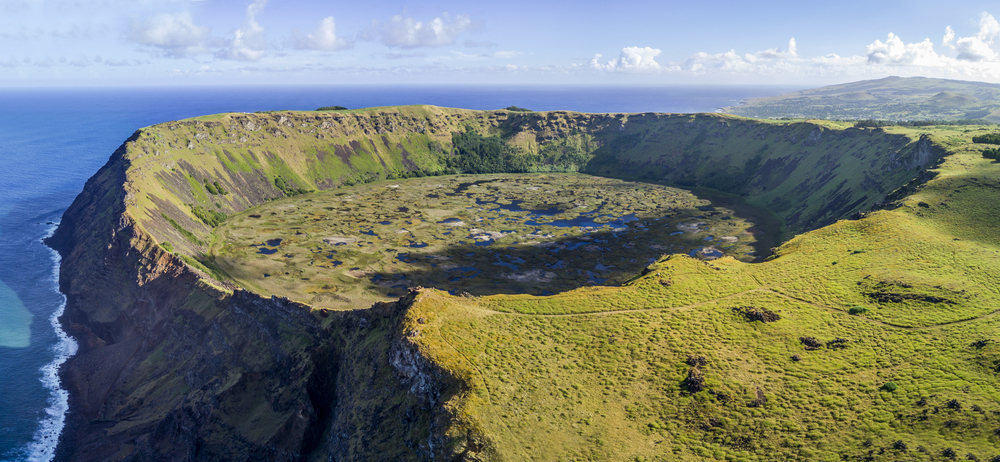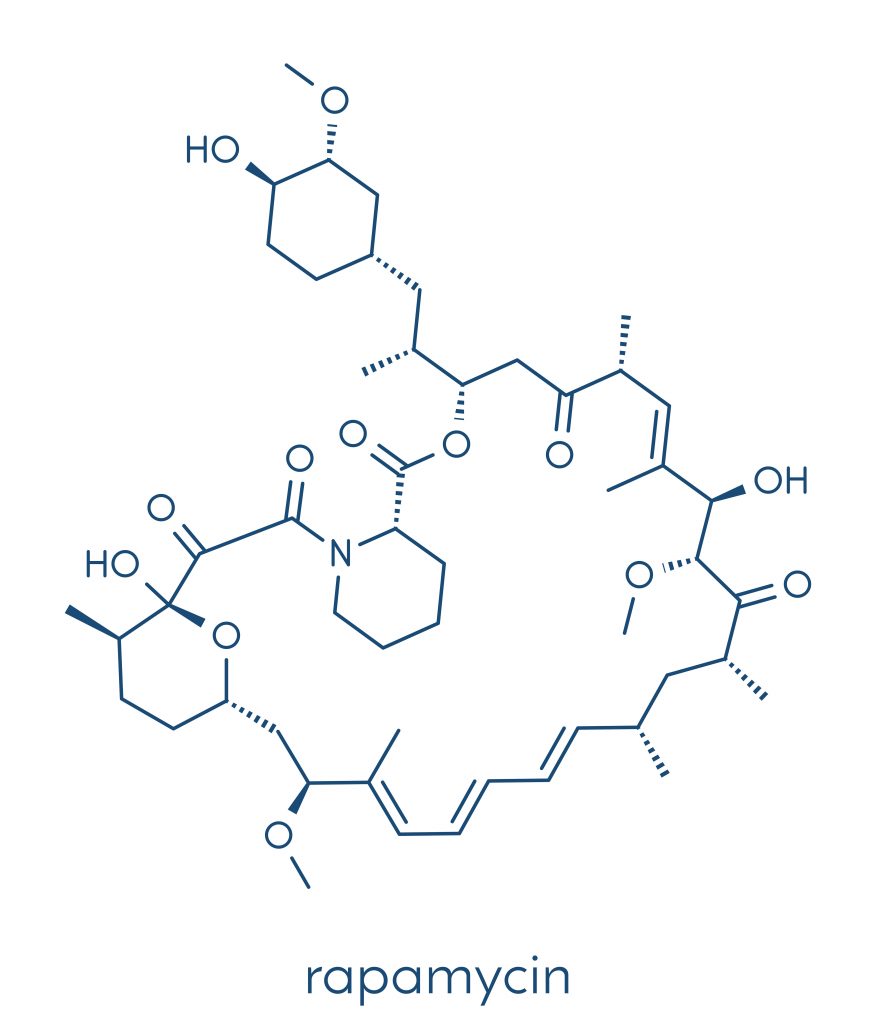Key Points:
- Rapamycin is named after Easter Island’s indigenous designation, Rapa Nui, where it was discovered inside of a volcano crater.
- Rapamycin is currently the most potent and reliable pharmacological intervention to extend the lifespan of mice.
In his new book, Outlive: The Science and Art of Longevity, Dr. Peter Attia describes the story of rapamycin’s discovery.
“The story of how this molecule was discovered, and how it revolutionized the study of longevity, is one of the most incredible sagas in biology.” – Peter Attia, M.D.
Stanford-educated Attia was trained as a cancer surgeon at John Hopkins University before his mid-thirties when he was threatened by heart disease. From then on, he made it his quest to understand longevity and how to delay or prevent age-related diseases like heart disease, cancer, and Alzheimer’s.
Rapamycin’s Discovery
In Chapter 5 of Outlive, Peter describes his trip to Easter Island with two scientists and Tim Ferris.
“Tim is an entrepreneur and author, not a scientist, but he has a knack for asking the right questions and bringing a fresh perspective to something. Plus, I knew that he would be willing to swim in the ocean with me every day, reducing my chances of being eaten by a shark by approximately 50 percent.”- Outlive, Chapter 5
Peter and his friends were there for a scientific conference devoted to rapamycin, but they also sought to visit the volcano crater where rapamycin was discovered.
Rapamycin’s story begins in 1964 when Canadian scientists traveled to Easter Island to conduct research and gather samples, including soil samples from the Rano Kau volcano crater.
“According to local legend, when people were feeling sick or unwell, they would make their way down into the crater, perhaps spending a night in the belly of the volcano, which was believed to have special healing powers.” – Outlive, Chapter 5

After conducting their field research, the Canadian scientists brought their Rano Kau soil to Montreal and shared it with a pharmaceutical company called Ayerst. It was then up to microbiologist Dr. Surendra Sehgal to examine this piece of the mysterious curative crater.
Sehgal and his team soon isolated a compound from the soil that was found to have potent anti-fungal properties. The compound was named rapamycin after Rapa Nui, the name given to Easter Island by the indigenous Rapa Nui peoples. The suffix “-mycin” comes from the typical naming of antimicrobial agents.

The full potential of rapamycin was not realized by Ayerst pharmceuticals. Upon closing shop in Montreal, they told Sehgal to destroy his work. Sehgal disobeyed and smuggled some rapamycin to his home. After Ayerst was acquired by Wyeth in 1887, forming what is now Wyeth-Ayerst, Sehgal and his rapamycin moved with Wyeth-Ayerst to Princeton University in New Jersey.
After a decade of research, in 1999 rapamycin was approved by the FDA as an immunosuppressant drug. Rapamycin is currently used for stopping the immune system from rejecting transplanted organs. In the early 2000s, Wyeth-Ayerst placed a plaque on Easter Island not far from Rano Kau’s crater in honor of rapamycin. However, to Attia and his friend’s dismay, on their trek to Ran Kuo, they found the plaque had been stolen.
Inhibiting mTOR and Extending Mouse Lifespan
One of the scientists accompanying Peter to Easter Island, David Sabatini, helped elucidate rapamycin’s role in cells. It’s now known that rapamycin acts on a protein called the mechanistic target of rapamycin (mTOR), possibly the most important mediator of longevity.
“It was uncanny: this exotic molecule, found only on an isolated scrap of land in the middle of the ocean, acts almost like a switch that inhibits a very specific cellular mechanism that exists in nearly everything that lives. It was a perfect fit, and this fact still blows my mind every time I think about it.” – Outlive, Chapter 5
Rapamycin turns off mTOR. When nutrients are abundant, mTOR turns on and activates cellular growth, linked to aging. When nutrients are scarce, mTOR switches off growth, allowing cells to conserve energy. Shutting off mTOR promotes autophagy, our cellular waste disposal and recycling system. With age, autophagy declines and contributes to age-related diseases like neurodegeneration and arthritis. In other words, inhibiting mTOR is conducive to delaying aging and chronic disease.
In 2009, rapamycin became the first ever molecule shown to extend mouse lifespan. This breakthrough finding was achieved through the vigorous work of the Interventions Testing Program (ITP). ITP tests potential age-delaying agents from three different testing sites in close communication with the National Institute on Aging (NIA), providing us with the most reliable evidence available.
So far, nine life-extending agents have been identified. However, only four extend the lifespan of both male and female mice. Of the agents that increase (%) both male and female median lifespan, rapamycin is the most potent:
- Rapamycin: Males 23%, Females 26% (Miller 2014)
- Acarbose: Male 22%, Female 5% (Harrison 2014)
- Captopril: Male 13%, Female 6% (Strong 2022)
- Glycine: Male 6%, Female 4% (Miller 2019)
Rapamycin for Delaying Aging in Humans
Since rapamycin was classified as an immunosuppressant — suppresses the immune system — many have been skeptical of whether it could be taken by healthy individuals to delay aging. However, a 2014 study showed that a rapamycin analog everolimus improved the immune response against vaccines in older individuals. The study suggests that rapamycin can actually enhance the immune system at higher doses and given cyclically. While there are still a few hurdles to jump before rapamycin can be tested in clinical trials as an anti-aging agent, it may be that we have discovered the philosopher’s stone in a Rapa Nui volcano.